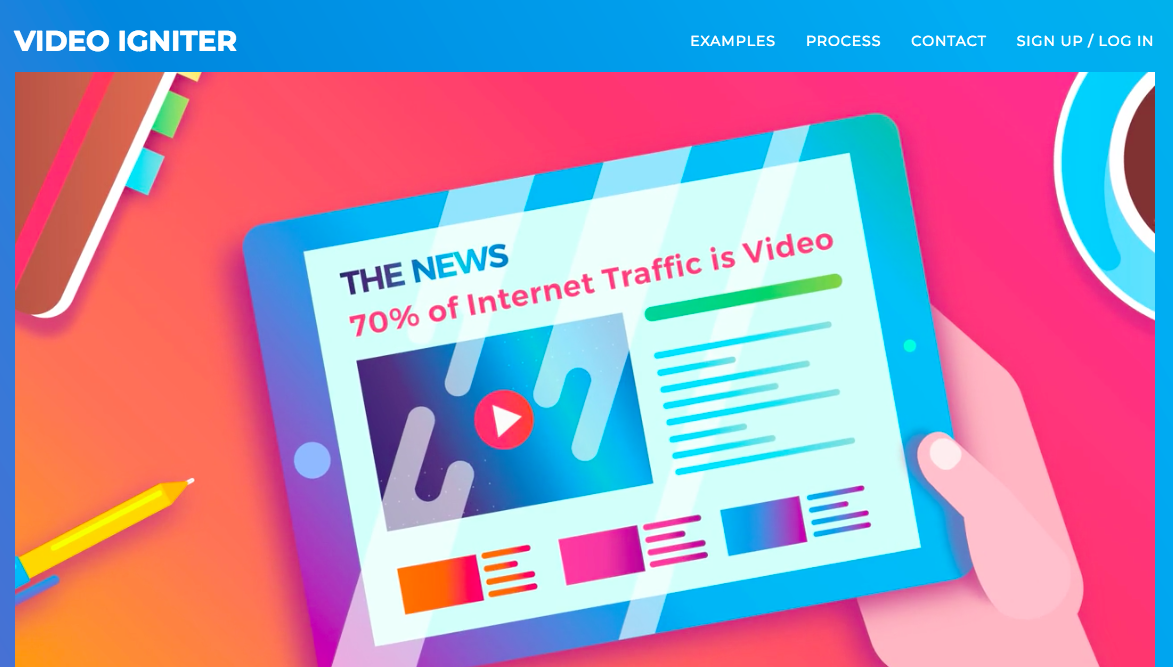Title: Burnout, Bots, and Brand Trust: The Year Marketing Tried to Be Human Again
Published: January 2023
In 2022, marketing stopped trying to win the internet and started trying to win people back.
After a two-year sprint through pandemic pivots, remote chaos, and digital everything, the mood shifted. Customers were burned out. Teams were burned out. And somewhere in the noise, a quiet message emerged:
“Don’t try to be everywhere. Try to be real.”
It was the year of rebuilding brand trust. Of cutting through automation sludge. Of rethinking the funnel. And for many of us—of remembering why we got into this work in the first place.
Here’s what actually happened.
Consumer Behavior Changed—And Got More Selective
-
78% of consumers unfollowed brands in 2022 due to “inauthentic” messaging
(Source: Stackla, “Bridging the Gap” Report) -
Trust in social ads dropped for the third straight year—down to 43%, with Gen Z showing the sharpest decline
(Source: Edelman Trust Barometer) -
Email open rates held steady at 21.5%, but click-throughs declined by 5%
People opened out of habit, not curiosity. -
Reviews, UGC, and peer-led content outperformed branded ads in 73% of A/B tests
Trust shifted to real people, not stylized creatives.
We Over-Automated, Then Regretted It
-
Martech stack bloat peaked: the average mid-sized marketing team used 91 tools
(Source: ChiefMartec 2022) -
Chatbots replaced contact forms on 62% of B2C websites—but customer satisfaction dropped by 11%
The human touch was missed more than expected. -
AI-generated content became trendy—but conversion rates were 37% lower when used without human editing
You can’t automate authenticity.
What Did Work? Anything That Felt Human
-
Influencer marketing spend rose 42% year over year
Especially micro-creators (under 100K followers), who delivered better ROI and engagement. -
SMS campaigns saw a 35% click-through rate—with 98% open rates
Text isn’t dead. It’s just underused. -
Podcast ad revenue jumped to $2 billion, and listener trust remained higher than any digital format
People still like voices more than headlines. -
Brands that publicly admitted mistakes saw an 8% brand trust lift
Honesty scaled.
So What Do We Do With This?
The lesson of 2022 wasn’t “be everywhere.” It was:
Be somewhere real. With something worth saying. To people who might actually care.
We learned (again) that automation should support communication—not replace it. That being human still scales when done right. That trust still matters more than targeting.
And that the brands who won last year weren’t louder. They were clearer.
Five Takeaways From 2022
For CMOs, marketing leads, and teams who want to make smarter moves in 2023:
-
Cut your stack. Most teams don’t need 90 tools.
-
Edit your AI. Machine content is only as good as the human who sharpens it.
-
Trust is the new KPI. If your customers don’t believe you, your reach is meaningless.
-
Get personal again. SMS, podcasts, micro-creators—small formats built real engagement.
-
Real is rare. That’s why it still works.



